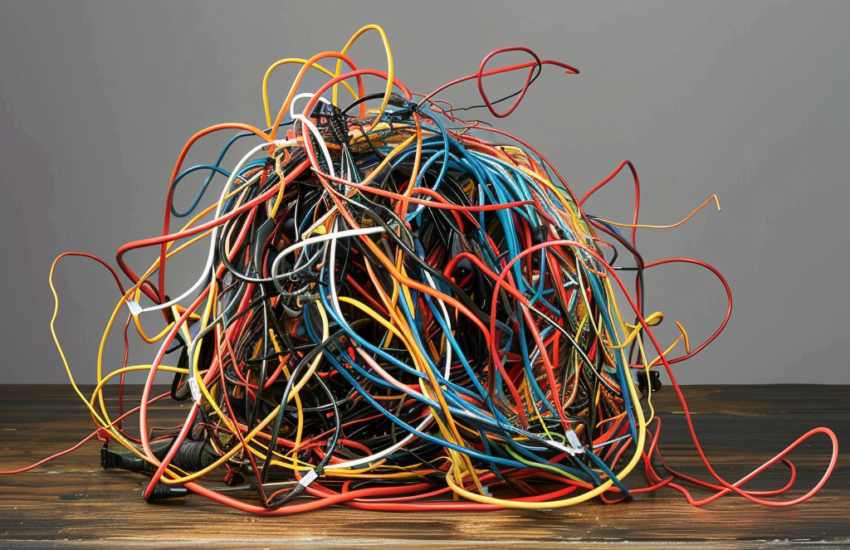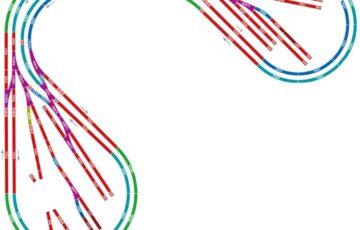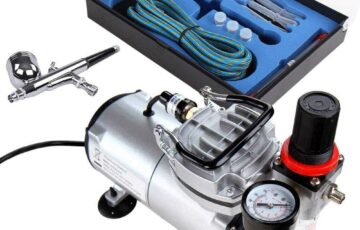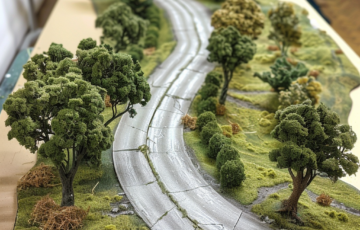Model Railway Wiring
Model railway wiring is a fundamental aspect of creating a functional and visually appealing layout. Proper wiring not only ensures the smooth operation of trains and accessories but also enhances the overall realism of the model railway. In this guide, we'll explore the essential steps and techniques for wiring a model railway, tailored specifically for beginners.
Understanding Model Railway Wiring
Model railway wiring involves connecting various electrical components, including trains, tracks, switches, and accessories, to power sources and control systems. A well-planned wiring setup is crucial for efficient operation and easy troubleshooting.
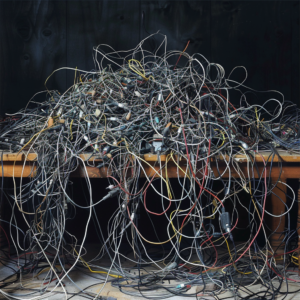
Steps to Wiring a Model Railway
- Create a Wiring Diagram
Before diving into the physical wiring, it's essential to create a wiring diagram. This diagram serves as a blueprint for your layout, detailing the placement of electrical components and the routes of wires. It helps you keep track of connections and ensures everything is correctly wired.
- Organize Wires
Keeping wires organized is key to a tidy and functional layout. Use cable ties, adhesive-backed cable clamps, or wiring looms to secure and group wires together. This not only prevents damage to wires but also improves the overall appearance of the layout.
- Utilize Power Bus
A power bus is a set of interconnected wires that run parallel to each other, providing power to multiple components. Using a power bus reduces the number of individual wires needed and helps maintain a clean and orderly layout.
- Hide Wiring
To enhance realism, consider hiding wiring as much as possible. Run wires through tunnels, behind buildings, or use a raised baseboard to conceal them. This creates a more visually appealing layout that closely resembles a real railway.
- Plan Ahead and Keep it Simple
Simplicity is key to effective wiring. Plan ahead to minimize wiring complexity and ensure easy troubleshooting and future modifications. Keep wiring as straightforward and easy to understand as possible.
Safety Considerations
Safety should always be a top priority when working with model railway wiring. Consider the following safety measures:
- Use an earth leakage circuit breaker to protect against electrical faults.
- Keep a fire extinguisher nearby in case of emergencies.
- Choose controllers that match the power requirements of your layout.

Choosing the Right Wiring Supplies
When selecting wiring supplies, consider factors such as wire size, insulation, and amp ratings. Websites like Railway Scenics offer a variety of electrical supplies specifically tailored for model railways, along with valuable guides on wiring practices and wire sizes.
Innovations in Wiring Techniques
Companies like DCC Concepts introduce innovative solutions for wiring, such as alternative methods to traditional scotch locks. These advancements simplify the wiring process and ensure reliable connections for optimal layout performance.
Practical Tips
- Use soldering irons and wire strippers to prepare wires for soldering.
- Secure wires to the track using fish plates for a reliable connection.
- Use droppers on every piece of track for consistent power supply, especially when using Digital Command Control (DCC).
- Consider using terminal blocks and plug-in connectors for isolating sections of the layout.
Conclusion
Model railway wiring is a vital aspect of creating a realistic and functional layout. By following the steps outlined in this guide and prioritizing safety, beginners can successfully wire their model railways with confidence. Remember to plan ahead, keep wiring organized, and utilize the right tools and supplies for a seamless wiring experience. Happy modeling!

